The University of Queensland’s Sustainable Minerals Institute (SMI) has welcomed the release of a study on the health risks of lead exposure as it relates to the air quality and exposure pathways in the Queensland mining city of Mount Isa.
The Lead Pathways Study - Air Health Risk Assessment of Contaminants to Mount Isa City was conducted by UQ researchers Dr Barry Noller and Dr Jack Ng.
It is the third report in a series commissioned by Mount Isa Mines, now a Glencore company, which has mined and processed minerals including silver, copper, lead and zinc at Mount Isa for more than 90 years.
The Lead Pathways Land Report was published in July 2009 and the Water Report was published in September 2012.
Dr Noller, an Associate Professor in SMI’s Centre for Mined Land Rehabilitation, said he was pleased the latest Air Report had been released by the company, as it made the information available for the public and the wider scientific community.
The study by Dr Noller and Dr Ng, a Professor in UQ’s Queensland Alliance for Environmental Health Sciences (QAEHS) that incorporates the former National Research Centre for Environmental Toxicology (Entox), found there was a relatively low risk to young children from airborne lead in Mount Isa.
The research found that ingestion of lead present in soil and surface dust were the key contributors to blood lead levels in Mount Isa children.
It found the contribution of lead from airborne dust via inhalation was less than five per cent and insignificant in comparison to ingestion.
“Dietary intake of lead makes up the balance – however, this also poses a low risk for most of the population of young children in Mount Isa.”
The Air Study found that emissions of PM10 air particulates from the Mount Isa smelter stacks were not the major sources of lead in the city area when the samples were taken.
Particles and droplets that are less than 10 micrometres in diameter (known as ‘PM10’ particles) can be inhaled and enter the airway of the lung.
The researchers found that re-suspension of surface dust was identified as the primary source of lead and ingestion via hand-to-mouth activity was the primary exposure pathway.
The dust sources included historical deposition and mobilisation from natural mineral outcrops in residential areas close to the mining operations.
Dr Noller said measures taken by the mining company and members of the Mount Isa community were helping to minimise children’s blood lead levels, demonstrating that a diligent approach to reducing lead exposure from dust in and around houses by keeping houses clean and covering bare soil with grass, sealed concrete surfaces or clean garden soil could work.
The study recommends a series of measures to further reduce the exposure of Mount Isa children to lead:
- Ensure that all Mount Isa residents, in particular young children, have their blood lead levels monitored. This is to ensure that health management actions are taken, any circumstances leading to elevated blood lead levels in children are identified early, and exposures to lead are minimised.
- Maintain the existing mechanisms in place to minimise transfer of lead to the residential areas, such as the vehicle washing, clean-in, clean-out clothes policies, the Air Quality Control (AQC) system, and road sweeping and watering.
- Continue to look for ways to minimise the transfer of dusts, particularly those containing lead and other heavy metals from the active mining and processing areas to the city.
- Emphasise the importance of a clean home environment.
- Consider replacing carpets with timber or other hard floor coverings, and cleaning these floor coverings with phosphate-based cleaning agents
- Promote personal hygiene, such as cleaning children’s hands frequently and before meals and minimising specific habits of very young children such as sucking non-food items and keeping them away from other sources where lead was used, such as historical paint and petrol residues.
- Wash all home-grown fruit and vegetables thoroughly before eating/cooking; peeling root crops will also reduce potential lead exposure.
- Highlight the improvement in children’s blood lead levels that has occurred in Mount Isa as a result of actions taken by the company and members of the Mount Isa community.
Lead Pathways Study Portal Go back to SMI Impacts
Background image By Wayne Roddom (originally posted to Flickr as Mt Isa) [CC BY 2.0 (http://creativecommons.org/licenses/by/2.0)], via Wikimedia Commons
